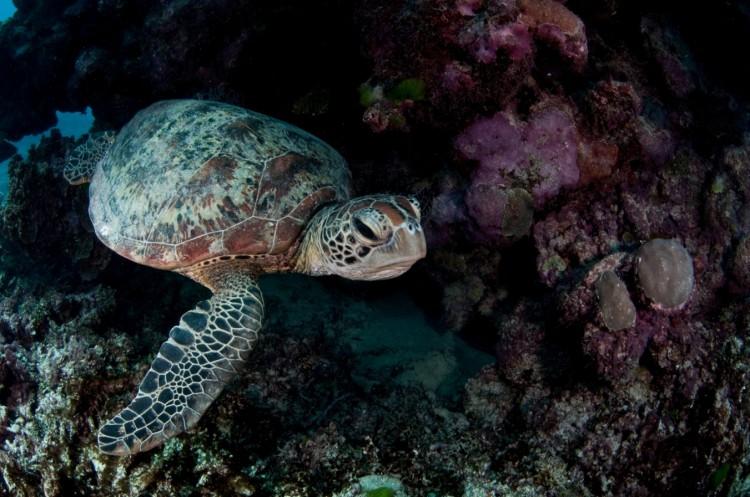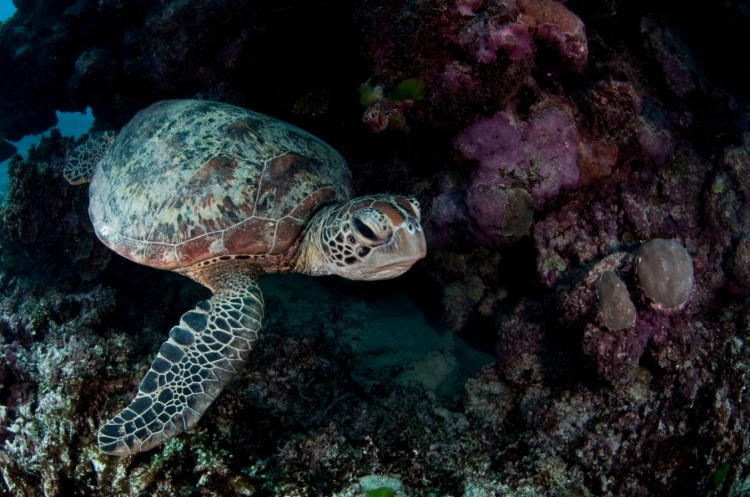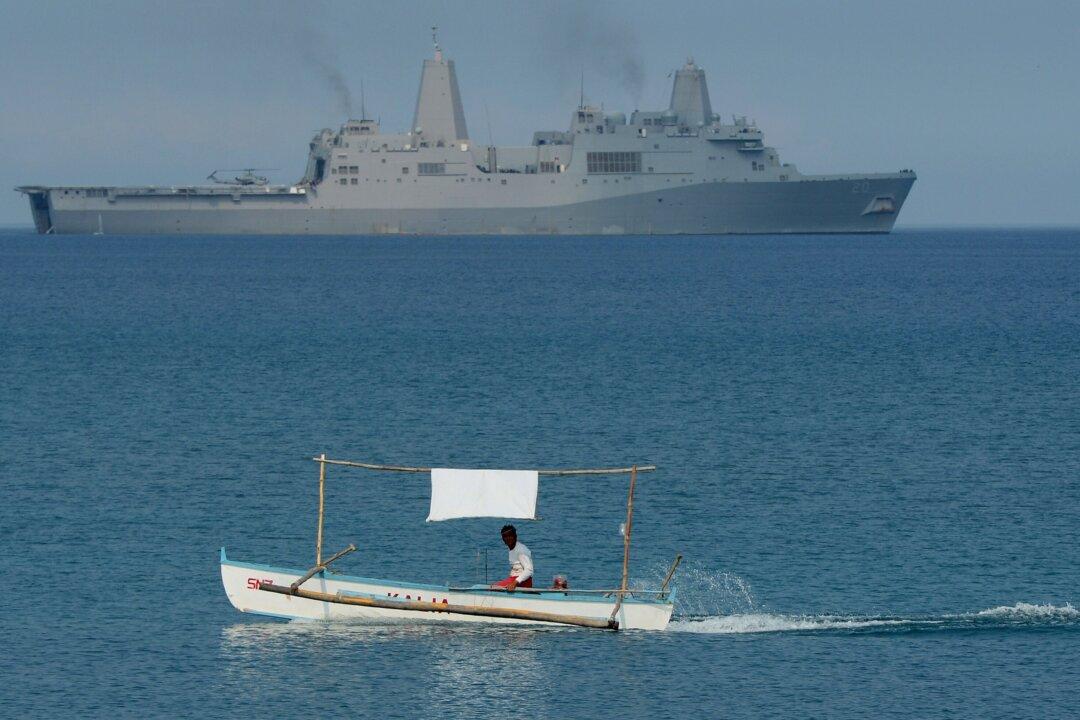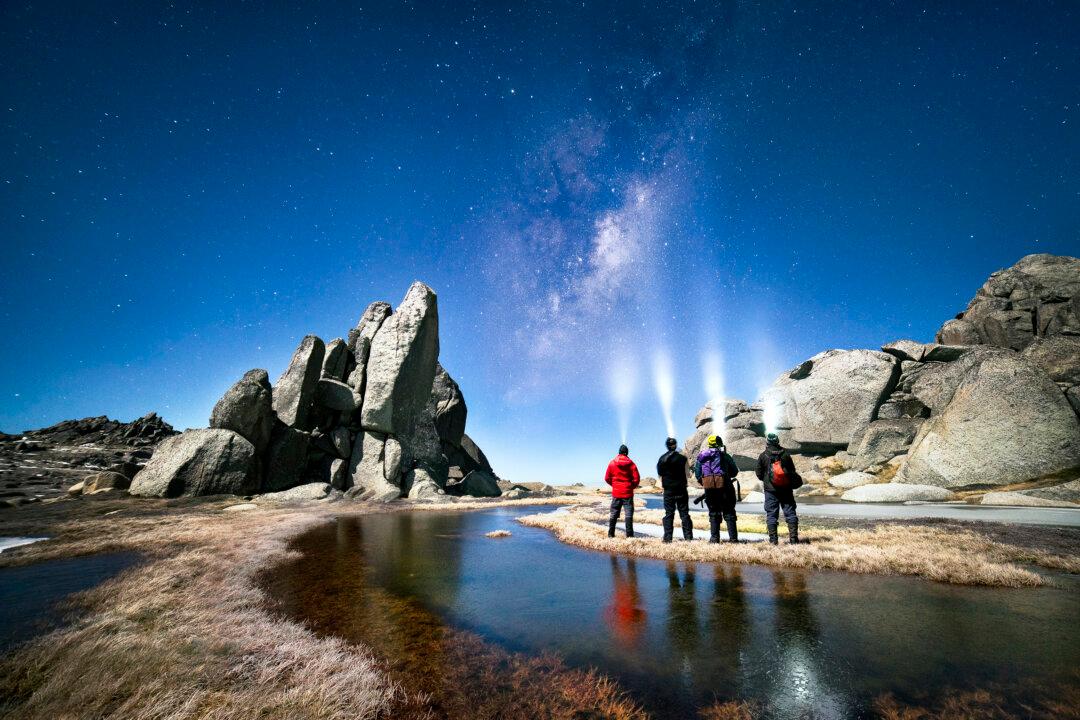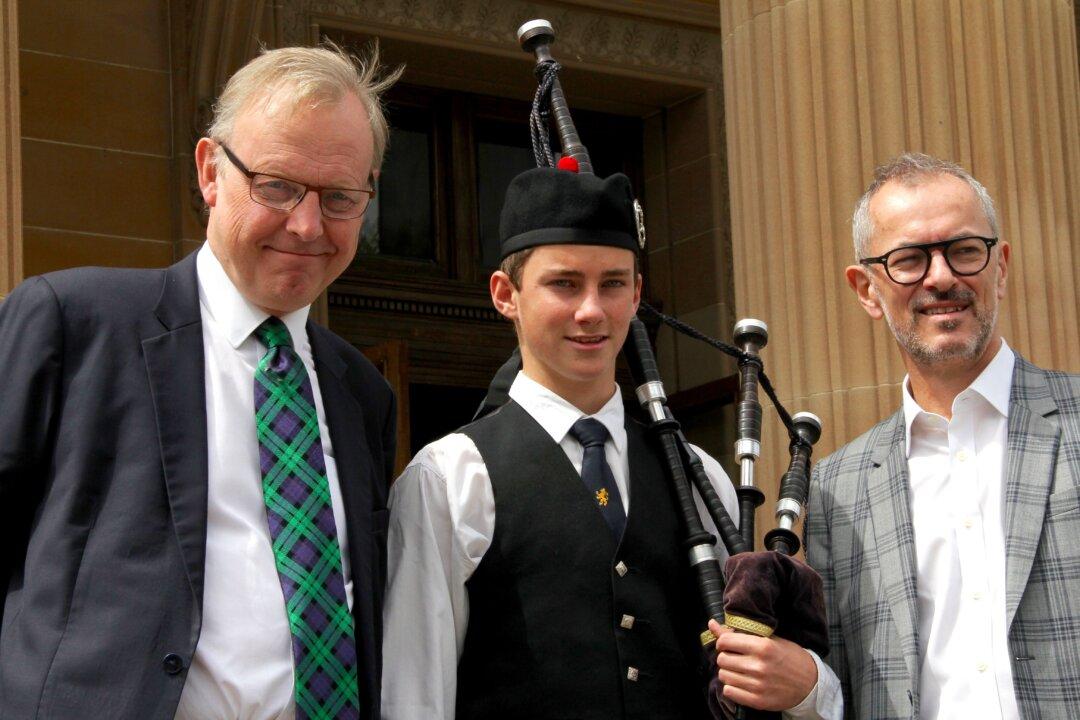Australia has announced plans to create the world’s largest protected marine network, covering an area the size of India that will be off limits to oil and gas companies and commercial fishing ventures.
The fishing industry, however, says the network is too big, while conservation groups, although supportive of the initiative, say it has been tailored to suit the oil and gas industry.
Announcing the plan a week ahead of the high profile United Nations Rio+20 Earth Summit in Brazil, Environment Minister Tony Burke said the marine exclusion zone provides an important opportunity for Australia to lead the world in ocean protection.
“The oceans, like the atmosphere, is a shared resource where around the world it’s been going backward in a big way,” he told Australia’s Radio National. “As an island nation we’re just so wonderfully positioned … to be able to lead the world in turning the corner on ocean protection, and that’s the opportunity that we’re taking.”
The network increases the number of Australian marine reserves from 27 to 60, bringing the overall reserve network to 3.1 million square km, or around 1.2 million square miles.
Gary Ward, chairman of the Gulf Commercial Fisherman’s Association, says Australia’s seafood industry will be hit hard.
“The line fisheries are going to be probably the most affected—they will be locked out of the areas where they fish,” he told Australia’s national broadcaster.
Tony Burke conceded that the network will impact commercial fishing operations and also recreational activities like deep sea diving. But he says he has already been in consultation with affected groups about compensation, which he is estimates will cost around $100 million.
Environmentalist Mixed Reactions
The new plan adds nearly 200 square miles to the Coral Sea marine reserve, which includes the Great Barrier Reef, making the area off Australia’s northeast the “jewel in the crown” and the world’s second largest fully protected no-take zone.
The Australian Conservation Foundation (ACF) described the government plan as an “historic conservation achievement.”
Over 40 percent of Australia’s waters would be protected under the plan, “including reefs and waters in the Coral Sea, majestic seamounts off the east coast, the mysterious deep waters of the Diamantina Fracture Zone, and the waters of the Great Australian Bight,” ACF CEO Don Henry said in a statement.
Rich in biodiversity, the protected waters are home to almost 60 percent of the world’s whale and dolphin species, almost every kind of marine turtle, and 4,000 fish species.
However other areas remain vulnerable, Henry says, such as the northwest region.
Nature conservancy WWF also highlighted the exclusion of specific significant areas.
“While parks are protecting some areas, oil and gas rigs are still moving ever closer to places like the stunning Rowley Shoals and Ningaloo Reef off Western Australia,” marine conservation spokesperson, Paul Gamblin, notes on the WWF website.
There is now a 60-day period of community discussion, but Burke says the boundaries of the park are not negotiable.
“It’s too late for people to say I want this line shifted or I want this zone painted a different color,” he said in a statement. “The question now is very straight forward. Do we go ahead with the most comprehensive marine park network in the world or do we not?”
The Epoch Times publishes in 35 countries and in 19 languages. Subscribe to our e-newsletter
